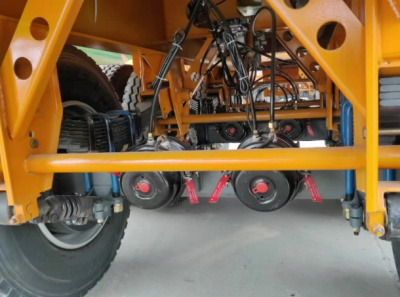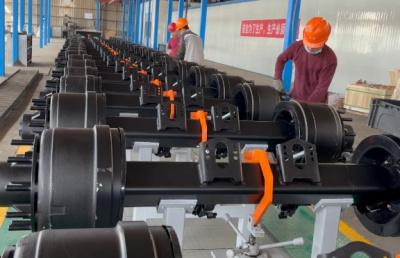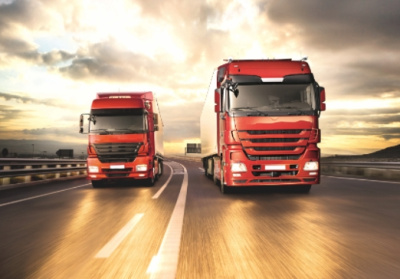How many ways are there to brake a trailer? Which is safer?
With the introduction of C6 driver's license, passenger cars can also pull light trailers on the road, and many consumers have chosen towed trailers for self-driving trips.
Compared with the traditional all-in-one RV, the use of trailer RV is more efficient, you can take the RV and tractor off when you are not usually used, only use the tractor, and then connect it together when you need the RV.

The scientific name of the trailer is called "hostel trailer", which essentially belongs to the car train, although it is pulled by a passenger car, but the difficulty of driving has been improved a lot, including the braking method, and the ordinary passenger car is completely different.
Many owners believe that the trailer RV does not need to install a separate braking system, especially the small size of the RV, because of its own small mass, you can rely on the tractor for braking, but in this case the braking distance is longer than when the passenger car is used alone, and the safety is too poor.
In addition, the RV does not have a braking system, when the tractor brakes, the RV will impact the chassis steel plate connected to the trailer bar with high strength, and the damage can not be underestimated in the long run. In addition, once you encounter the situation of emergency braking belt steering, even if the small size of the RV, I am afraid that there will be out-of-control rollover.
Therefore, even if the cost will increase correspondingly after the installation of the brake system, it is better to use the brake system in order to be happy and safe.
Two RV braking systems:
1, impact brake brake
Bump brake refers to a way to achieve braking through the impact between the RV and the tractor.
The principle of the brake is relatively simple: in the position of the chassis connection of the two cars, add a set of hydraulic brakes that can be squeezed, when the tractor brake, the RV impact the brake under the action of inertia to compress it, push the brake oil to move to the pump, and the pump will hold the brake pad to achieve deceleration or stop.
In popular terms, the brake is the use of the impact of the front and back of the car instead of stepping on the brake pedal.
There are generally three steps in the use of the brake:
Main car brake deceleration - the RV hits the main car and squeezes the brakes - instant high intensity braking
In this process, the tractor brakes first, and the RV gets the brake by hitting the tractor, but the moment the RV brakes, it is easy to produce the force of pulling back the tractor, so the process is very linear.
This is also the disadvantage of the crash brake brake, the safety is relatively poor, especially on the wet road there is still a high risk of uncontrolled rollover. Secondly, the owner cannot control the braking force, and there is a certain danger in some extreme situations, such as driving too fast, braking on a corner, or reversing from a slope to a slope.
As for the advantages of collision brake, low price, simple structure, as long as attention to maintenance, the probability of problems in the system itself is very small.
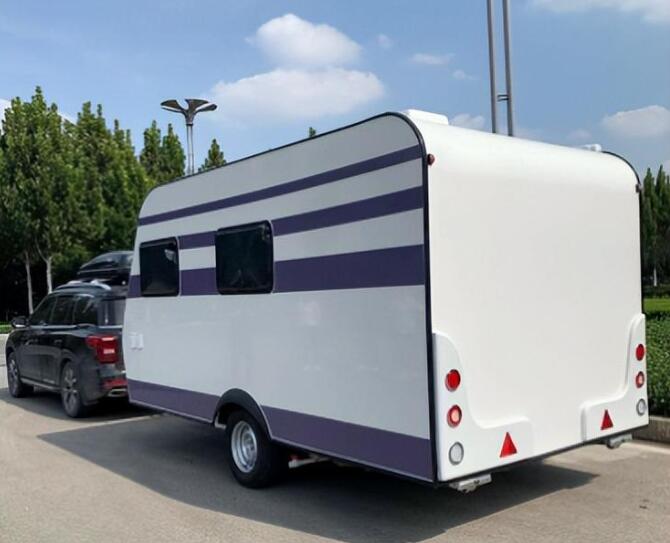
2. Electromagnetic braking
Electromagnetic braking mainly controls the separation and braking of the power transmission through direct current. By connecting the synchronizer with the front brake system, the braking signals of the front and rear cars can be synchronized, that is, the braking force of the main car and the braking force of the RV can be basically equivalent, and there will be no high intensity impact or drag when decelerating, and the braking process will become quite linear.
The effect of the electromagnetic brake is closely related to the controller, and the inferior controller is difficult to accurately adjust the braking force, even if it is adjusted well, it can not be maintained, and it needs to be adjusted often.
The advantages of electromagnetic braking are mainly that the braking effect is relatively stable, the safety is high, the braking force is adjustable at any time, and it can adapt to the braking ability of different vehicles and the braking habits of different drivers. The high-specification electric brake can even automatically increase or decrease the braking force according to the slope of the road based on the adjusted braking force to improve safety. In addition, there is an emergency switch on the brake synchronizer to help the front car stop if the brake fails.
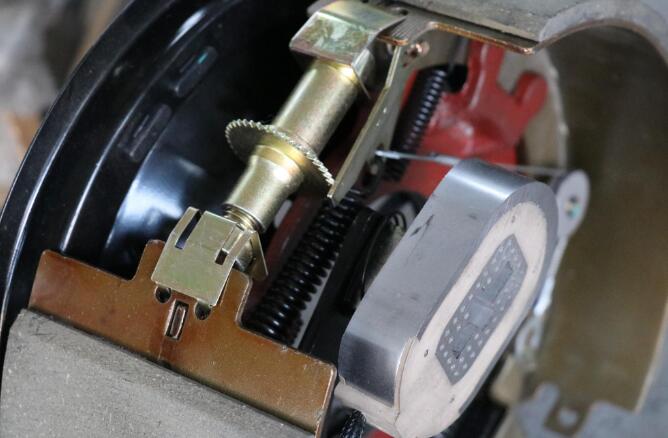
However, electromagnetic braking is not completely without shortcomings, the most obvious one is the complex structure, the price is naturally relatively high; In addition, electromagnetic braking requires the installation of a brake synchronizer on the front car, and the line connection is long, which may be prone to problems.




